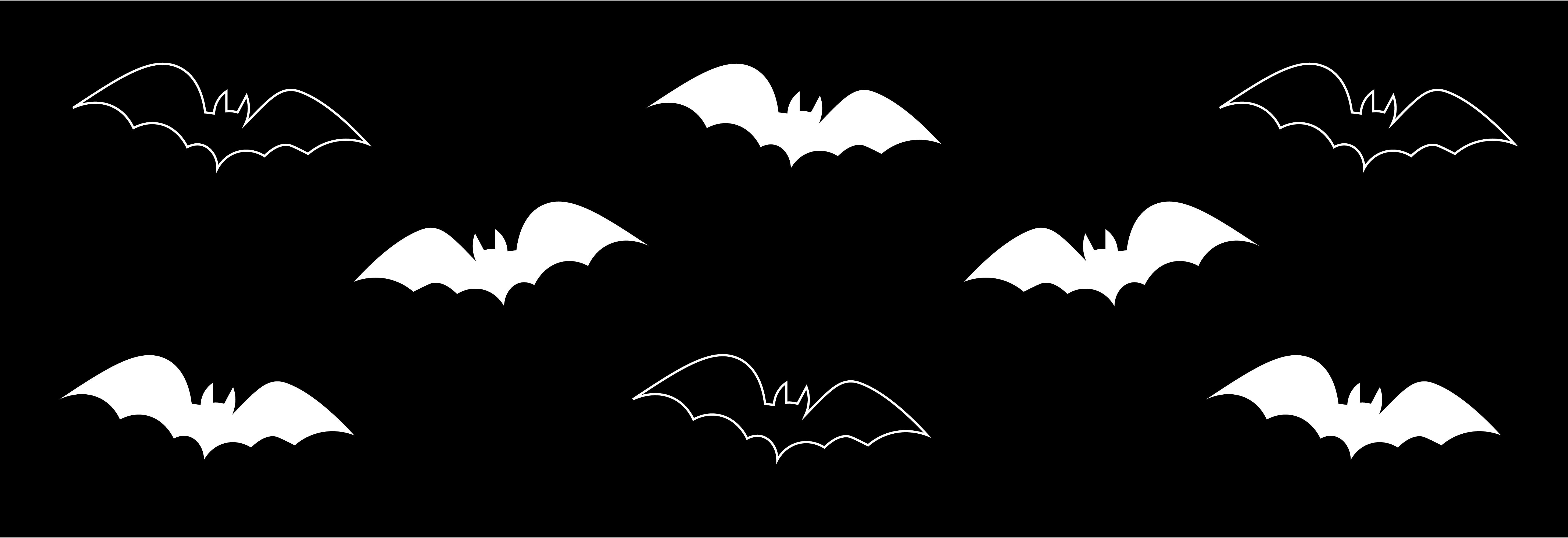
Five haunting myths that bedevil elearning
Halloween is upon us once more, but throughout the year, in the elearning industry, we encounter - repeatedly - certain learning myths that are just refusing to die. With this Halloween story, we're hoping to drive the stake through the heart of these undead time- and productivity suckers.
Any elearning project comes with many considerations, but here are five learning myths we can confidently condemn to the catacombs.
Elearning myth: “We need to appeal to right- and left-brain learners.”
Here’s a howler. We’ve all heard it said we’re either ‘left-brain logical’ or ‘right-brain creative’ and so we must make learning appeal to these sides of the brain.
The science tells us that whilst there are indeed two hemispheres of the brain, they are connected by an ‘information superhighway’ (the corpus callosum), and the whole brain is at work when we’re learning. For example, a study done by the Max Planck Institute for Psycholinguistics, and using neuroimaging to explore how language is represented in the brain, found that reading language involves many regions of the brain that interact dynamically.
Elearning myth: “People need to be taught to their preferred learning styles.”
This one’s a job for the exorcist. The pervasive idea of learning styles – like VAK, VARK and many others – suggest that people have different learning preferences and therefore we must vary our training approaches to suit them.
In a study published in Frontiers in Psychology about the prevalence and predictors of misconceptions among teachers, it has been shown that visual, auditory, and kinaesthetic information is indeed processed in different parts of the brain. However, given their interconnectedness, it is not accurate to assert that learning occurs via only one sensory modality.
In addition, research into how children learn reveals that they do not process information more effectively when educated according to their preferred style.
Elearning myth: “It’s much harder to learn new things as we get older.”
Let’s send this to the boneyard. It’s long been thought that ‘you can’t teach an old dog new tricks’, and us humans find learning more difficult as we get older.
However, in a study led by Brown University, researchers found that seniors learning a new visual task were just as capable at learning as younger people. Brain plasticity was observed in the white matter of the brain for the seniors, whereas for the young people, changes occurred in the cortex, where it was expected. This finding shows that for visual tasks at least, our brains have the ability to learn throughout the ages.
Elearning myth: “We only remember 10% of what we read.”
This myth is inspired by a real Frankenstein: the ‘learning cone’ mutated from Edgar Dale’s ‘cone of experience’. The cone shows two particular fiends ‘reading’ and ‘hearing’ at the pinnacle, and the heroic ‘doing the real thing’ as the base. People are said to remember just 10% of what they read, but they recall 90% of what they do.
In a comprehensive blog by Will Thalheimer, he claims that the cone is not credible for a number of reasons, not least because there is no evidence that supports the data presented in the chart, nor do the data relate to any other research in the scientific literature on learning.
Elearning myth: “Digital learning isn’t as good as face-to-face.”
It’s true that getting people together has many social benefits, but do we learn better in face-to-face settings compared to digital ones? Actually, we don’t.
In another research report by Will Thalheimer, he acknowledges that today ‘elearning involves a constellation of digital technologies that enable learners to engage in learning activities via various modalities’. Importantly, he found that elearning performs at least as well as classroom-based learning, and blended learning, (combining face-to-face with digital and other modalities), tends to outperform classroom methods.
So, there we have it. Five learning myths we can leave behind us when Halloween is over. Let’s hope they don’t continue to haunt us…


